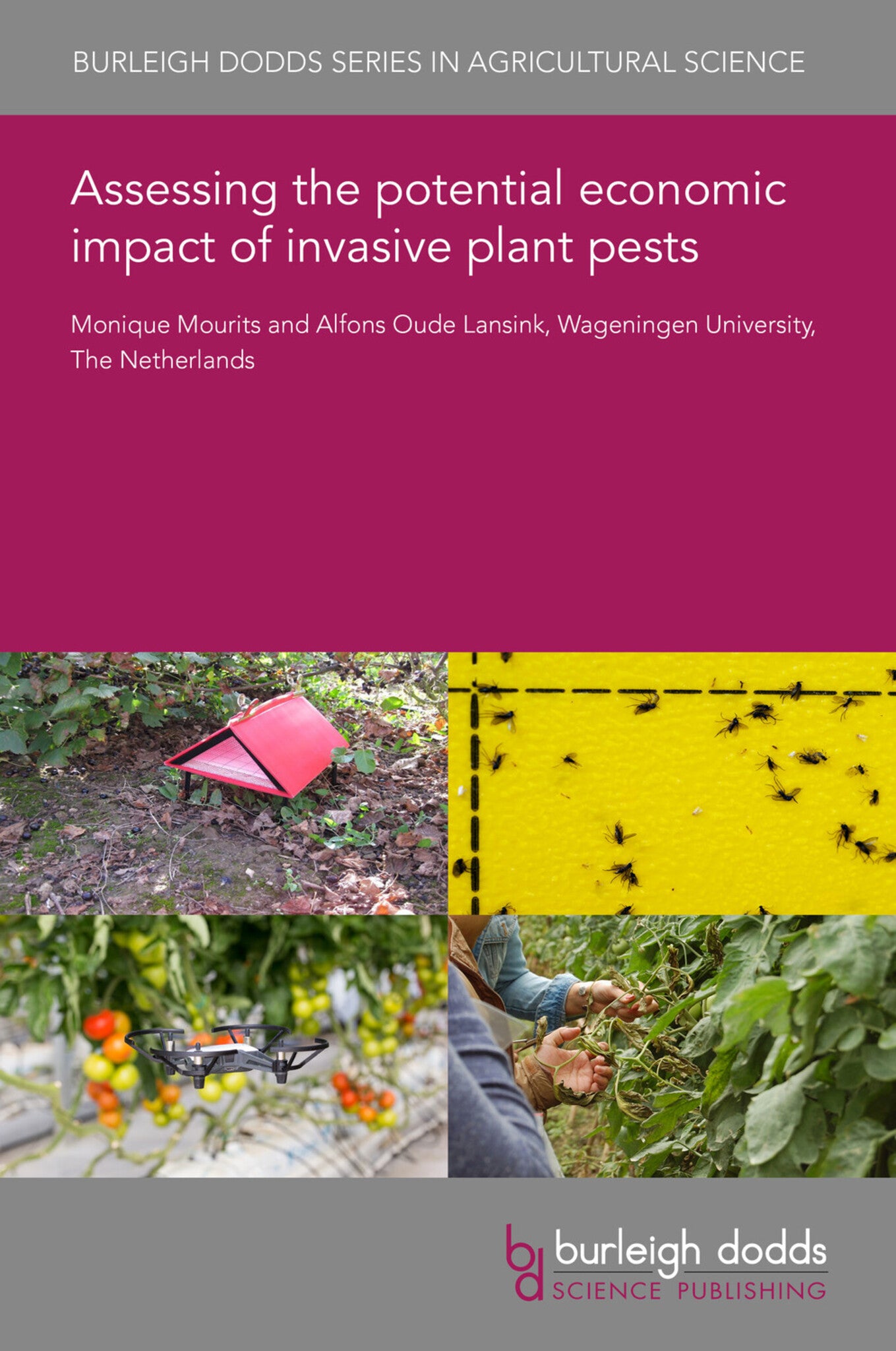We're sorry. An error has occurred
Please cancel or retry.
Assessing the potential economic impact of invasive plant pests

Some error occured while loading the Quick View. Please close the Quick View and try reloading the page.
Couldn't load pickup availability
- Format:
-
24 April 2023

Economic impact assessments are performed as part of a pest risk analysis to determine whether the introduction of a plant pest will result in unacceptable economic consequences. This often triggers phytosanitary measures to reduce the economic risk to an acceptable level. Appropriate techniques to assess the various economic impacts consist of partial budgeting, partial equilibrium models, input-output models, and computable general equilibrium models. These methods differ in width of economic scope and, consequently, in their ability to assess the economic effects of a pest introduction. In this chapter, each method is evaluated in terms of its economic concepts, scope, and required data and skill, followed by a general reflection on the question of how to choose the most appropriate technique, considering the trade-off between completeness in economic scope and required resources. The chapter concludes with two case studies to illustrate the potential of the methods that are most often applied.

TECHNOLOGY & ENGINEERING / Pest Control, Pest control / plant diseases, TECHNOLOGY & ENGINEERING / Agriculture / Agronomy / Crop Science, TECHNOLOGY & ENGINEERING / Agriculture / Sustainable Agriculture, Agronomy and crop production, Sustainable agriculture, Agricultural science

- 1 Introduction
- 2 Methods to assess the potential economic impact of invasive plant pests
- 3 Selection of appropriate level of complexity
- 4 Economic analyses to support pest risk management
- 5 Case studies: pine wood nematode (B. xylophilus) and X. fastidiosa
- 6 Conclusion and future trends
- 7 Where to look for further information
- 8 References



